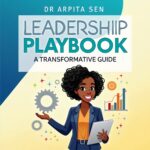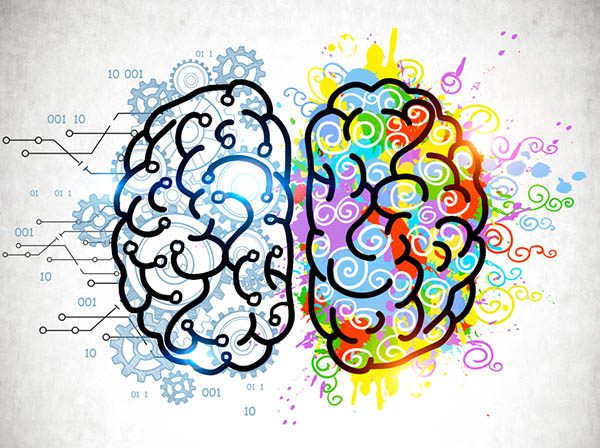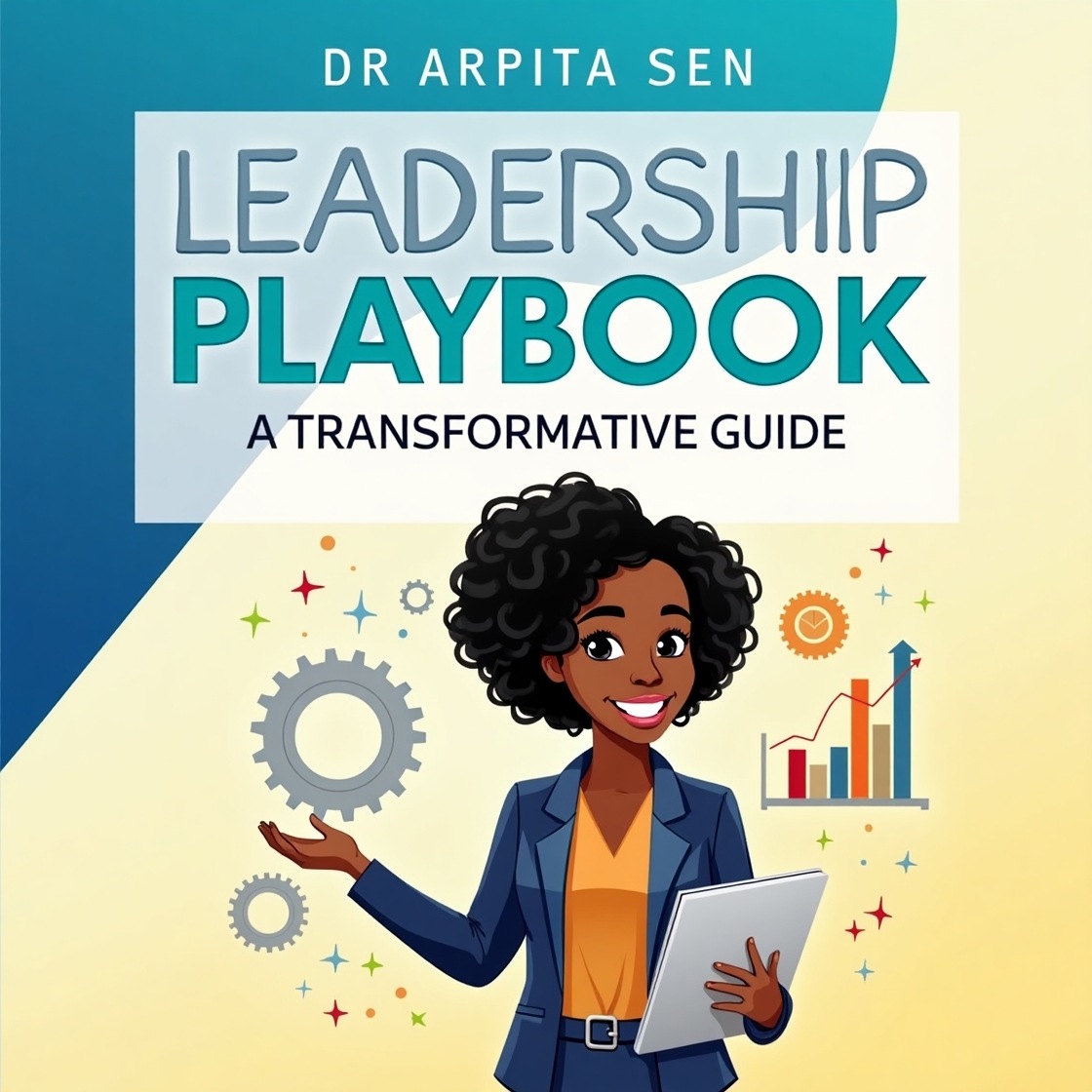In the rapidly evolving landscape of Human Resources (HR), organizations are increasingly turning to innovative technologies to enhance their decision-making processes and optimize employee management. One such technology making waves in the HR domain is cognitive analytics. By leveraging advanced analytics and artificial intelligence (AI), cognitive analytics in HR empowers organizations to make data-driven decisions, improve employee engagement, and streamline talent management. In this article, we will explore the concept of cognitive analytics in HR and delve into real-world examples of companies that have successfully implemented these transformative technologies.
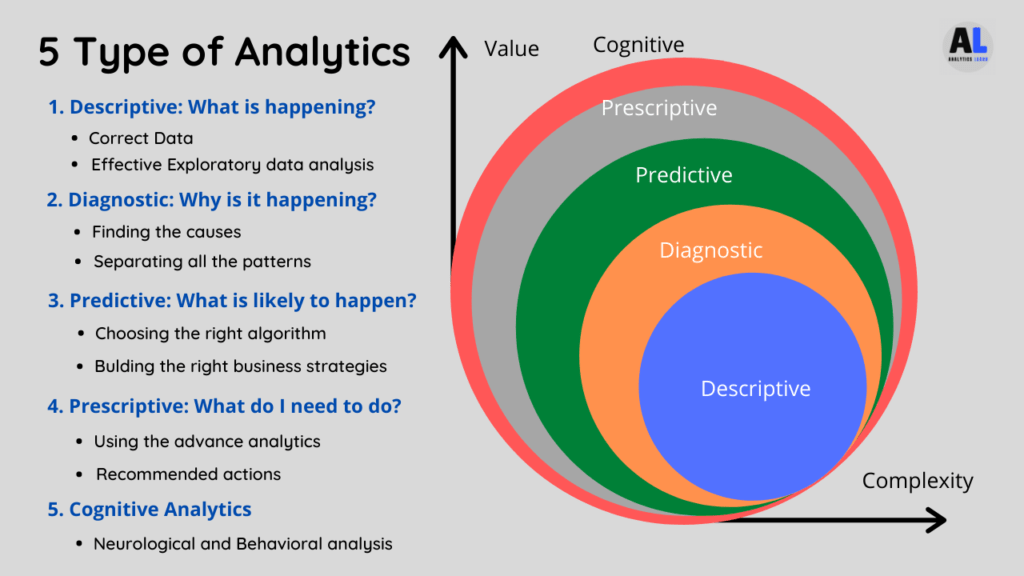
Understanding Cognitive Analytics in HR:
Cognitive analytics in HR involves the use of AI and machine learning algorithms to analyze vast amounts of employee data, enabling organizations to gain valuable insights into workforce dynamics, employee performance, and overall HR operations. This technology goes beyond traditional HR analytics by incorporating natural language processing, sentiment analysis, and predictive modeling to better understand and respond to the needs of the workforce.
Real-World Examples:
- IBM Watson Talent: The Pathfinder of Talent Acquisition: Imagine a global consumer goods company navigating the turbulent waters of recruitment. Faced with the challenge of identifying top-tier talent swiftly, they turned to IBM Watson Talent. By harnessing the cognitive prowess of Watson, the company experienced a 30% reduction in time-to-fill positions. Resumes were scrutinized, social media profiles analyzed, and internal performance data dissected – all contributing to a stellar team, meticulously chosen by algorithms that understood excellence.
- Visier: The Oracle of Workforce Dynamics: Our next stop is with a multinational technology giant that faced the age-old problem of talent attrition. Enter Visier, a cloud-based HR analytics platform. By peering into historical data, Visier uncovered patterns related to turnover. Armed with this knowledge, the company implemented targeted retention strategies, resulting in a remarkable 15% reduction in employee turnover within a year. The Visier platform became the oracle that decoded the complex dance of workforce dynamics.
- ADP DataCloud: The Sorcerer of Employee Satisfaction: Picture a U.S.-based healthcare juggernaut grappling with employee dissatisfaction and burnout. In this saga, ADP DataCloud emerged as the sorcerer wielding the magic of cognitive analytics. By delving into workload metrics, employee feedback, and performance data, the platform conjured insights that led to a 20% increase in employee satisfaction scores. ADP DataCloud didn’t just analyze data; it transformed dissatisfaction into elation.
- People Analytics at Google: The Maverick of Workplace Happiness: What’s a tale of HR innovation without mentioning the tech behemoth Google? In their quest to decode the secret sauce of workplace happiness, Google turned to people analytics. By analyzing employee feedback, team dynamics, and even cafeteria interactions, Google’s HR team transformed their offices into incubators of creativity and collaboration. The result? Google became a workplace utopia, setting the gold standard for employee satisfaction.
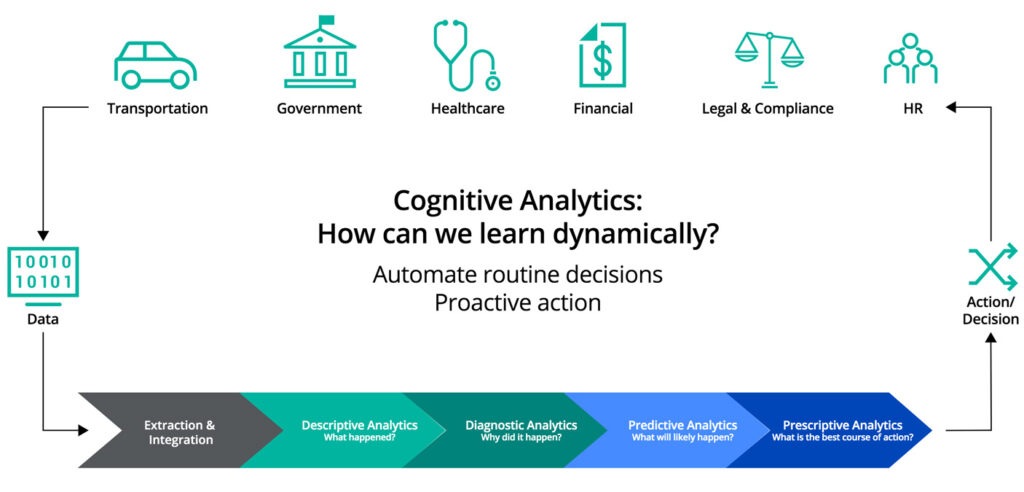
Benefits of Embarking on the Cognitive Odyssey:
- Beyond HR: Shaping Organizational Destiny: Cognitive analytics doesn’t just transform HR; it shapes the destiny of entire organizations. By decoding workforce patterns, businesses gain a strategic edge, positioning themselves as pioneers in their industries.
- From Reactive to Proactive: Engaging Minds, Not Just Employees: Traditional HR is reactive; cognitive analytics is proactive. By analyzing sentiment, HR becomes a mind reader, addressing concerns before they escalate, and fostering a workplace that engages minds, not just employees.
- A Symphony of Talent: Crafting the Workforce Symphony: Recruitment becomes a symphony when guided by cognitive analytics. Resumes, social media profiles, and performance data harmonize to create a workforce masterpiece, where each note contributes to organizational excellence.
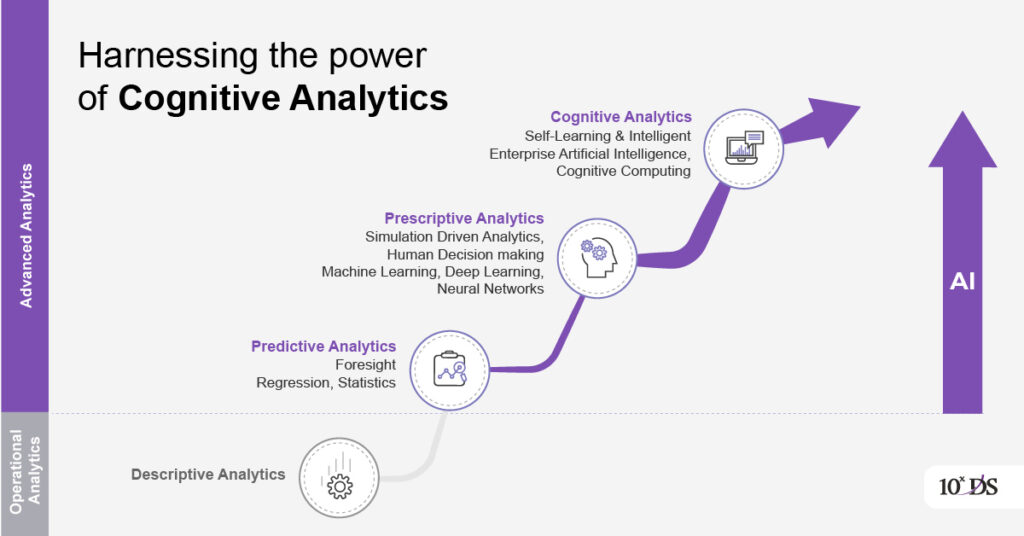
Conclusion:
In the age of cognitive analytics, the possibilities for HR are as vast as the galaxies of the cosmos. As we’ve witnessed in the tales of IBM Watson Talent, Visier, ADP DataCloud, and Google, cognitive analytics isn’t just a tool; it’s a transformative force shaping the destiny of organizations and the experiences of their employees. At MindofHR.com, we invite you to join the cognitive odyssey, where data isn’t just information but the key to unlocking the full potential of your workforce and charting a course towards a future where HR isn’t just a department but the heartbeat of organizational success.

